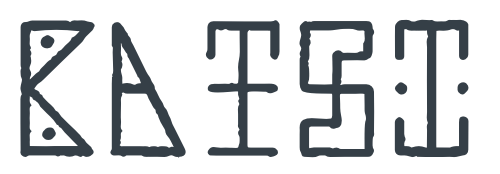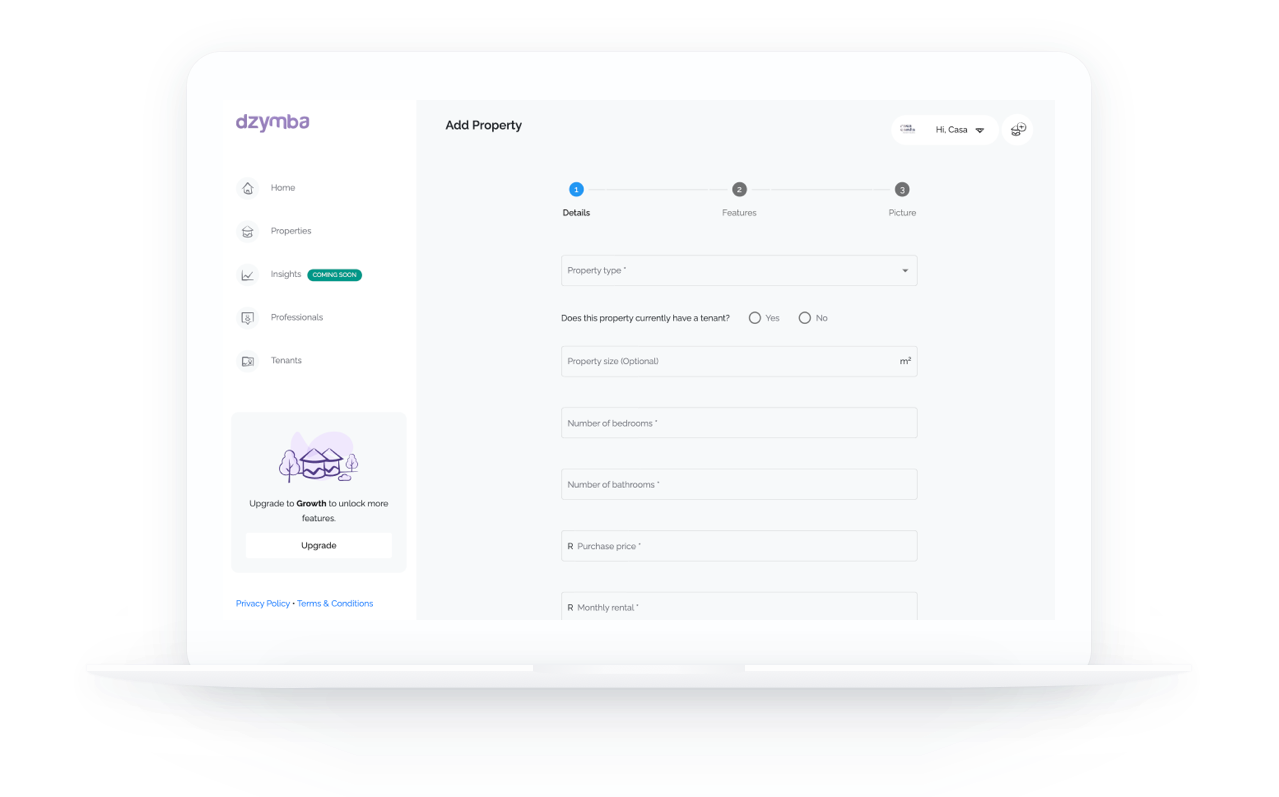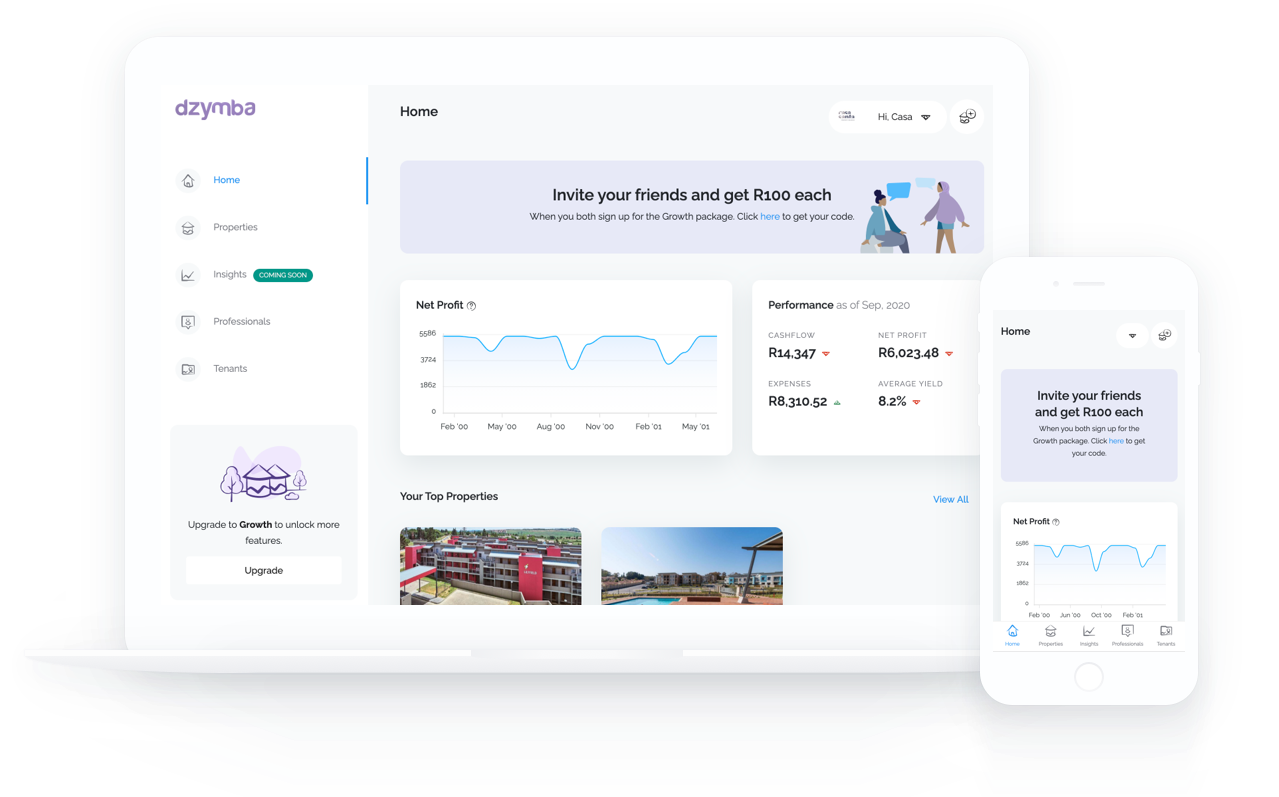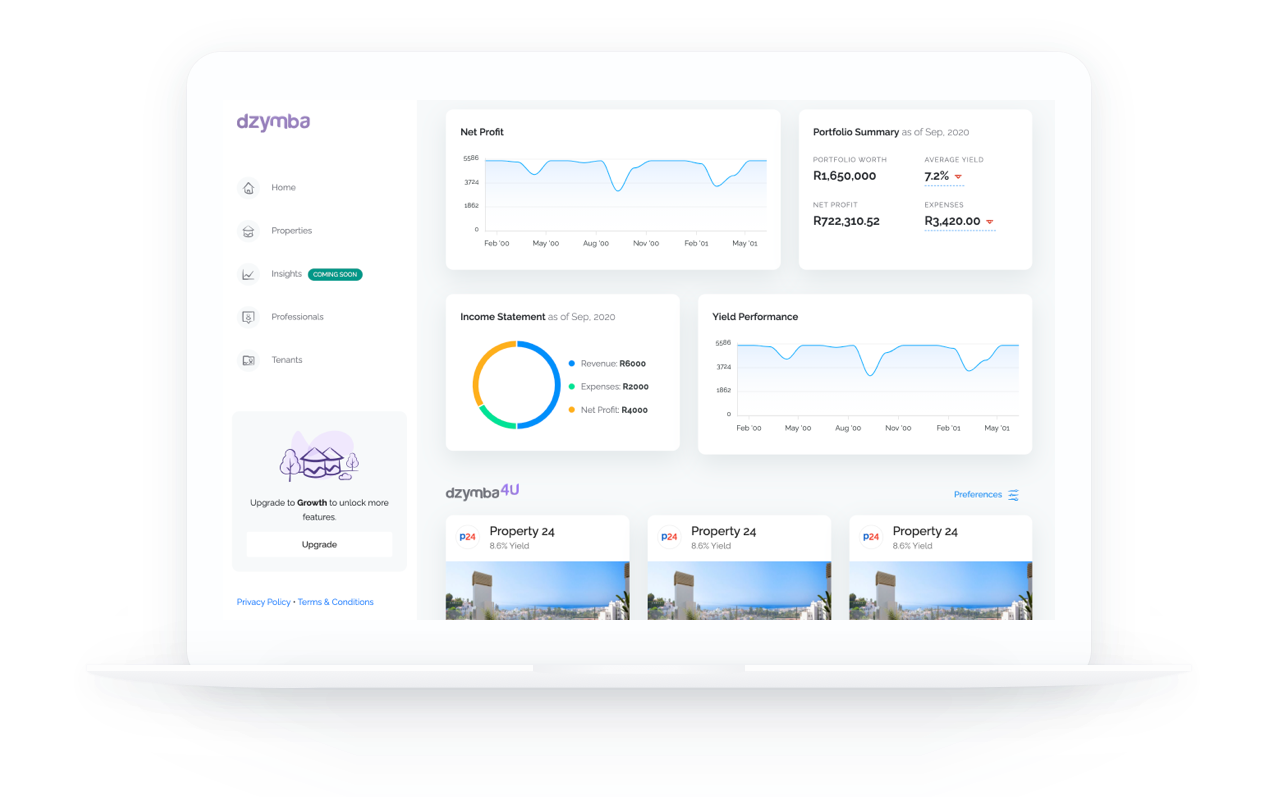Experience Design • Frontend Dev • Usability Testing
Dzymba is a cloud based property manager built in Angular with my own Sankofa Design System. As co-founder I was in charge of research, product strategy and roadmap, experience design, frontend development and usability testing.
Visit websiteSmart and powerful features
Streamlined property management to allow you to easily manage your cash flow and key success metrics.
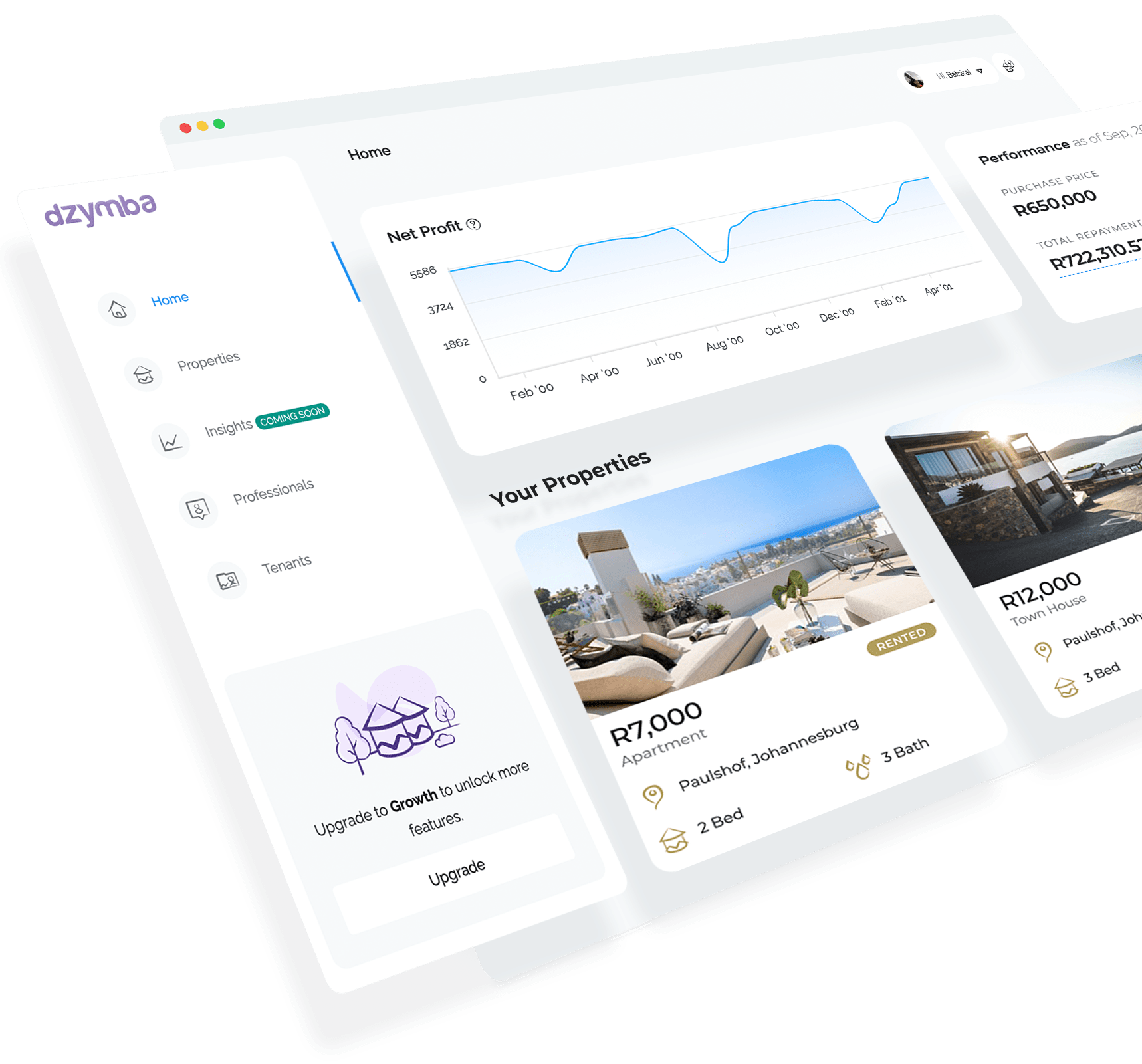
Project Management
Through research and user interviews, I came up with a list of features to be rolled out in three phases. To keep track of our work stream I decided to employ a Kanban approach to development using Trello.

The Process
In order to get our MVP developed faster, our chosen approach was to minimize UI design in Sketch. The focus was then on the UX flows and Angular component CSS (based on the design system).
- Define the user flows and IA of the platform
- Design our components and initial look and feel in Sketch
- Set up the design system in Angular (leveraging Angular Material components)
- Evolve and iterate on the UI design in the actual code
An initial exploration of the platform’s key screens allowed us to surface the technical requirements of the backend as well as which user flows to design and test with users.

Experience Design
Add property user experience
Adding a property correctly and with quality data is one of the key success factors on the platform. We realized early on, that requiring the user to fill in all the data at once would be too strenuous a task.
The bad… a six-step process

The Solution
We decided to only present the user with a three-step process that required them to fill in the least amount of data required to have a property listing.
The good… a three-step process

We however still needed to encourage our users to fill in the rest of the information in order to allow our insights algorithms to have sufficient data and provide a rich user experience.
To do this we gamified the data capture by providing a property completeness scale. It showed the users tasks they should complete to increase their score.

Clicking on each task provides the opportunity to immediately complete it
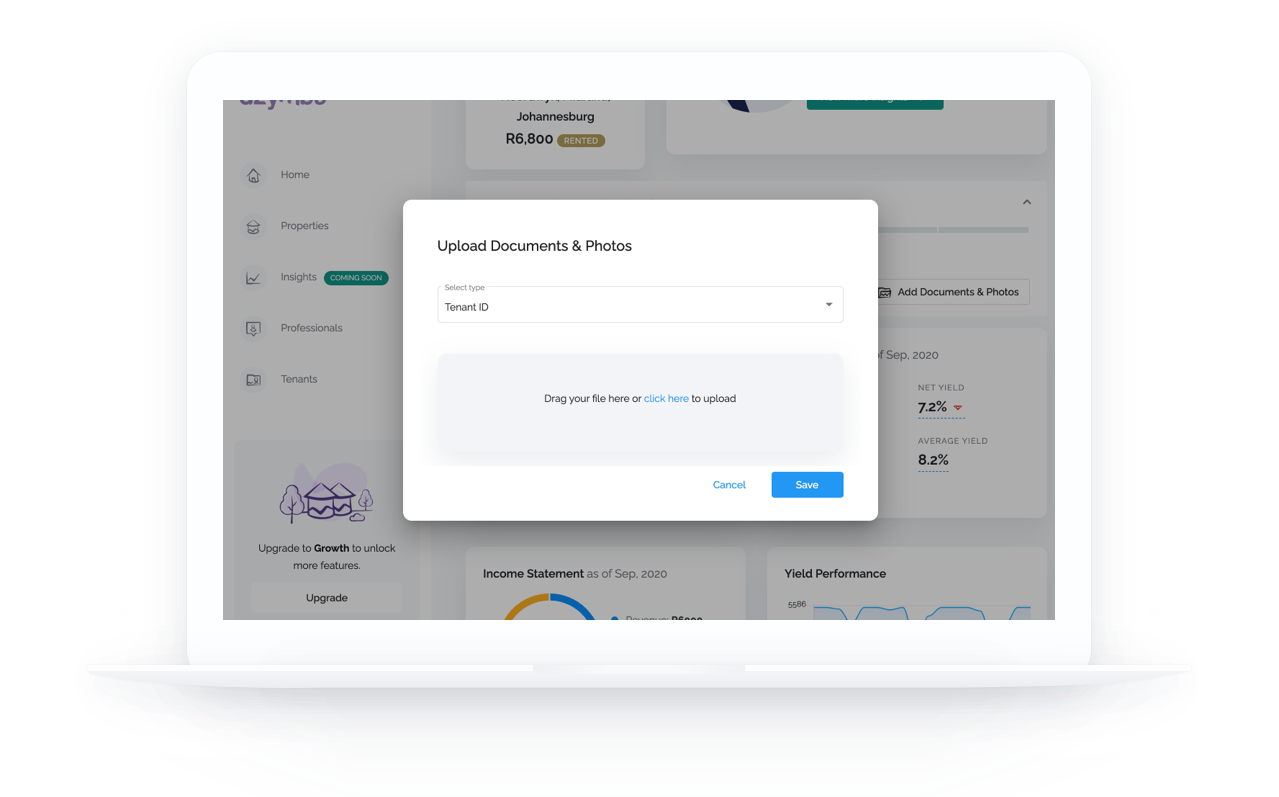
Key Successes

Efficient workflow
This approach resulted in us gaining efficiencies as the frontend and backend where developed in parallel streams.

Modular Components
Our modular approach to component development allowed us to quickly explore different solutions and experiences.

Live Prototyping
We could also quickly prototype and test our designs in the production environment and make real time updates.
